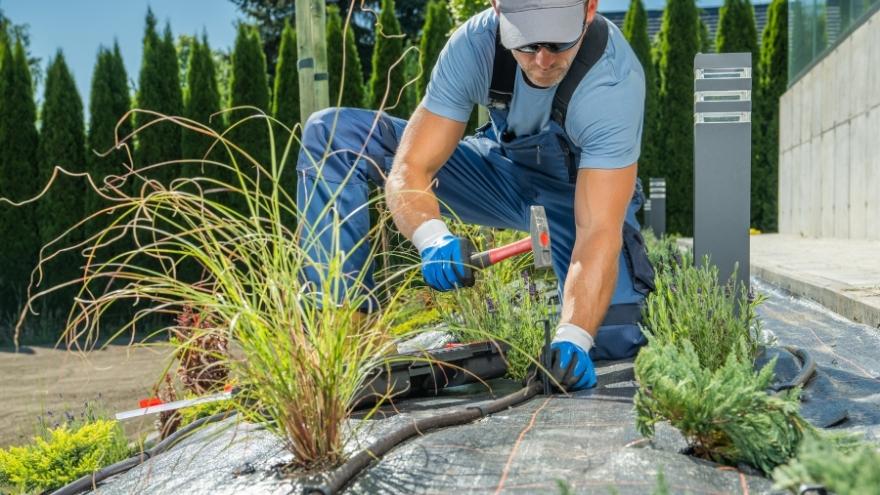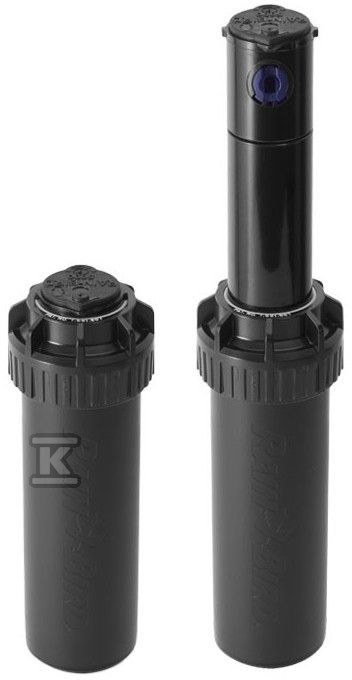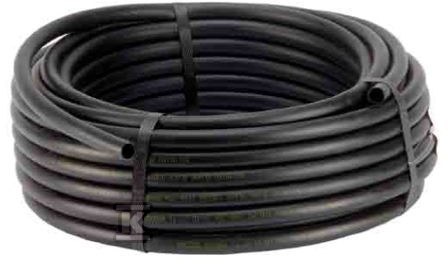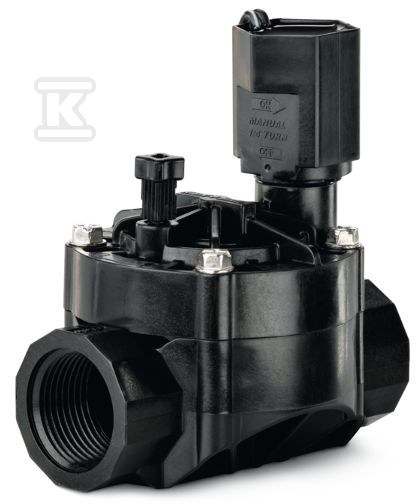Well-designed irrigation of plants and lawns in the garden translates into the durability of the designed arrangement. In the middle of hot summer, manual watering often turns out to be insufficient. Therefore, it is worth considering and investing in an automatic garden irrigation system. How to design such an installation? See how to create your own system for watering lawns, shrubs and other plants on the plot.

Check out garden irrigation at the Onninen wholesaler
What components are included in a garden irrigation system?
Having a garden plant irrigation system is a huge convenience for all household members. An active automatic garden irrigation system makes manual watering of the surface a problematic memory.
 Alternatively, you can choose a manual garden sprinkler , e.g. as a supplement to the automatic. This will allow you to additionally water plants that require manual care.
Alternatively, you can choose a manual garden sprinkler , e.g. as a supplement to the automatic. This will allow you to additionally water plants that require manual care.
Want to learn how to design garden irrigation that is effective and safe for plants? Remember to create a precise design, estimate the water needs of plants, and invest in professional equipment.
To design a garden irrigation system that will serve you for many years, you must not forget about the following elements:
- a water source, e.g. a deep well or domestic water supply;
- water pump – necessary when you use a water source other than the water supply system;
- water filters – needed to prevent pipes, sprinklers and nozzles from becoming clogged with dirt;
- sensors – you must have them if you want to have automatic garden irrigation;
- sprinklers and emitters – these are end devices, e.g. pop-up ones, which are activated when the system is started and are responsible for the distribution of water.
A controller, or central management unit, is also useful. Thanks to this, your own garden irrigation system can work on specific days, hours, and also in specific weather conditions, which are detected by sensors.
Is it worth investing in automatic garden irrigation?
 There are many reasons to choose automatic irrigation . Investing in a sprinkler system for the entire garden brings numerous benefits, such as:
There are many reasons to choose automatic irrigation . Investing in a sprinkler system for the entire garden brings numerous benefits, such as:
- consumption of significantly less water than in the case of manual watering;
- a completely maintenance-free system that can be used on small and large garden areas;
- a simple way to adjust the amount of water to the needs of the vegetation on the plot;
- easy programming of the controller so that water is released only when needed.
The advantage of a properly installed water irrigation system is also the ideal water pressure in all conditions. This is possible if efficient garden irrigation pumps are installed in the system.
What is the price of garden irrigation per m2? Let's check it out!
In reality, a garden irrigation system with an area of up to 300 m2 will cost up to several thousand zlotys, depending on the selected equipment, the size of the installation and the type of sprinklers selected.
 To plan your garden irrigation and estimate the total costs of such an investment, you need to consider several important factors:
To plan your garden irrigation and estimate the total costs of such an investment, you need to consider several important factors:
- plot area;
- water demand of vegetation;
- the way the terrain is shaped;
- prices of components necessary to install an automatic irrigation system;
- a way of connecting watering sectors to each other.
By using professional connectors, sprinklers and other parts from renowned manufacturers, you can actually save on the later operation of the system. A properly designed and installed installation will allow for maximum reduction of water consumption while maintaining full sprinkler efficiency.
What should you remember when designing an automatic watering system?
A well-matched irrigation system for the plot is the basis for comfortable watering of plants and not worrying about their condition. This is often a big challenge even for people working daily in the gardening industry.
So what to consider when designing an irrigation system? The key issue is the water pipes and lines. In this case, the important parameters are:
- water flow;
- length of routes;
- method of connecting sections;
- type of irrigation, e.g. sprinklers require a higher water flow compared to drip lines for flower beds.
Investing in such a solution brings benefits to owners of both small gardens and large green areas. Remote control or humidity sensors are systems that ensure that your garden will always be properly watered.